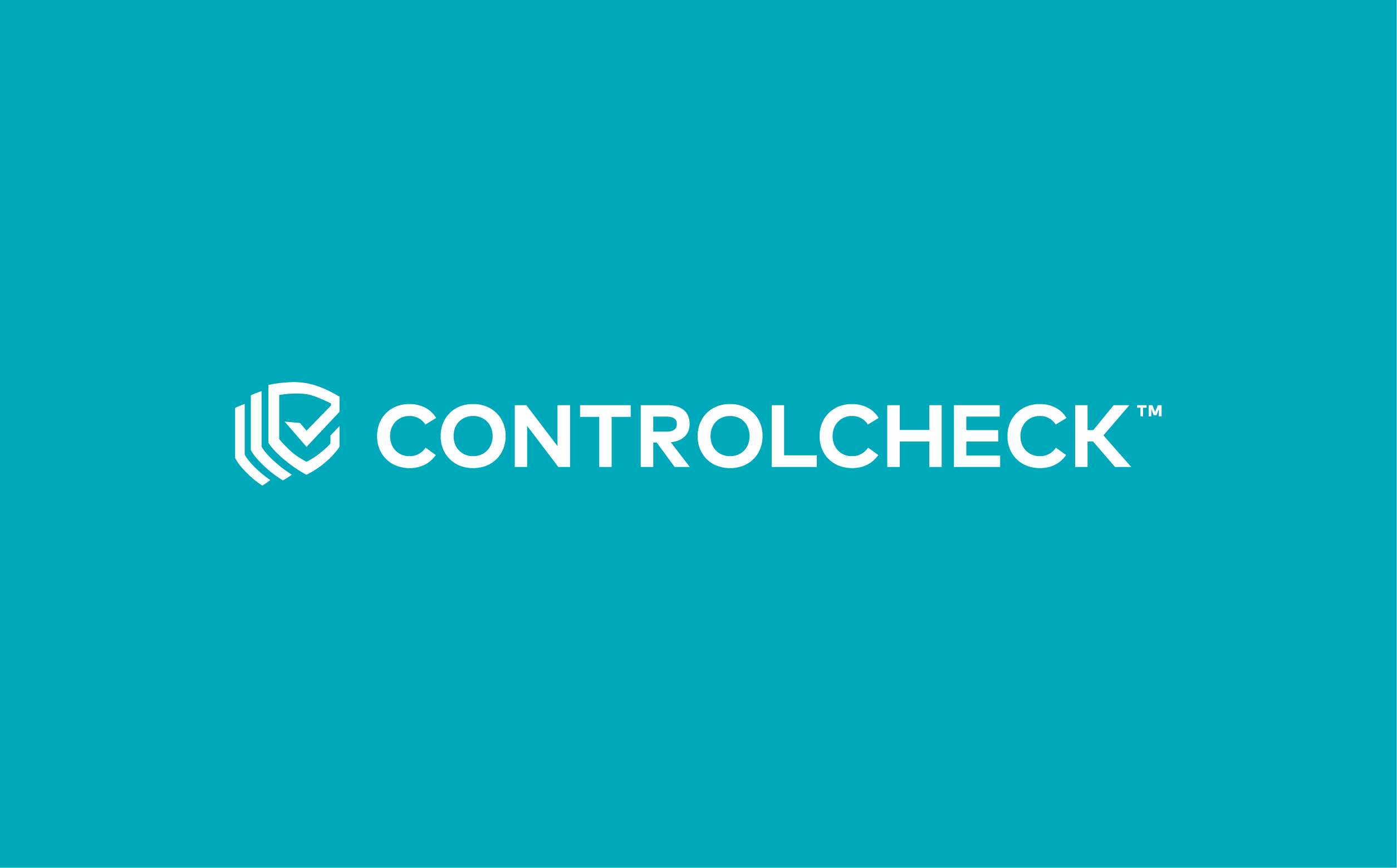BluesightⓇ released the Q2 2022 Diversion Quarterly, sharing data from its ControlCheck™ platform to provide insight into the types of diversion and investigations that may be occurring in hospitals and hospital pharmacies. The following information is accurate as of June 30th, 2022.
To date, more than 74 million controlled substance medications have been tracked through ControlCheck. There have been 192 confirmed cases of diversion which is an increase of over 19% since last quarter.
This Diversion Quarterly highlighted that some of the drugs with the highest variance rates saw decreases in their variance rate, with propofol being the largest at 7.33%.
Currently propofol is experiencing a shortage across multiple wholesalers, potentially driving hospitals to rely on drug alternatives. While propofol is not a controlled substance, many hospitals treat it as such.
Relying on drug alternatives can cause clinical issues like dispensing errors and inaccuracies, “a survey conducted in North Carolina, South Carolina, Georgia, and Florida reported that drug shortages caused a significant percentage of medication errors in patients leading to compromised health outcomes and increased patient burden creating an unsafe situation for both staff and patients”.
Not only do medication errors cause risk to patient safety but can cause higher rates of variance due to miscalculations of doses. To learn more about the risk points in medication safety, Bluesight is hosting a CE-accredited webinar on medication safety.
Another key finding is synthetic opioids such as fentanyl and methadone continue to rank as the top drugs involved in variance rates and diversion. Fentanyl saw a 2% increase in variance while methadone saw a 6% increase in variance. Synthetic opioids like fentanyl accounted for 82% of all opioid related deaths in 2020, making it highly dangerous when abused.
Due to the current drug shortages among morphine and hydromorphone, hospitals may be relying on higher potency opioids such as fentanyl or alternative therapies such as ketamine.
When hospitals rely on higher-potency opioids used at lower dosages as drug alternatives, there is an increased possibility of drug waste. Standard sizes of medication vary. A standard vial of morphine is 4mg/2mL, while a standard vial of fentanyl is 100mg/2mL, with fentanyl being 50 to 100 times stronger than morphine. Due to the increased potency, staff may not be using whole vials of these alternates, leading to more potential for waste and therefore a greater risk of diversion.
It’s important hospitals stay vigilant and proactive, especially in times of shortages. ControlCheck helps take a proactive approach to drug diversion prevention.
ControlCheck helps bring item-level visibility into a hospital’s controlled substance inventory and highlights activity that may pose a risk for diversion, so patients can receive the exemplary care they deserve. Click here to learn more about ControlCheck.
Read the Diversion Quarterly here.



